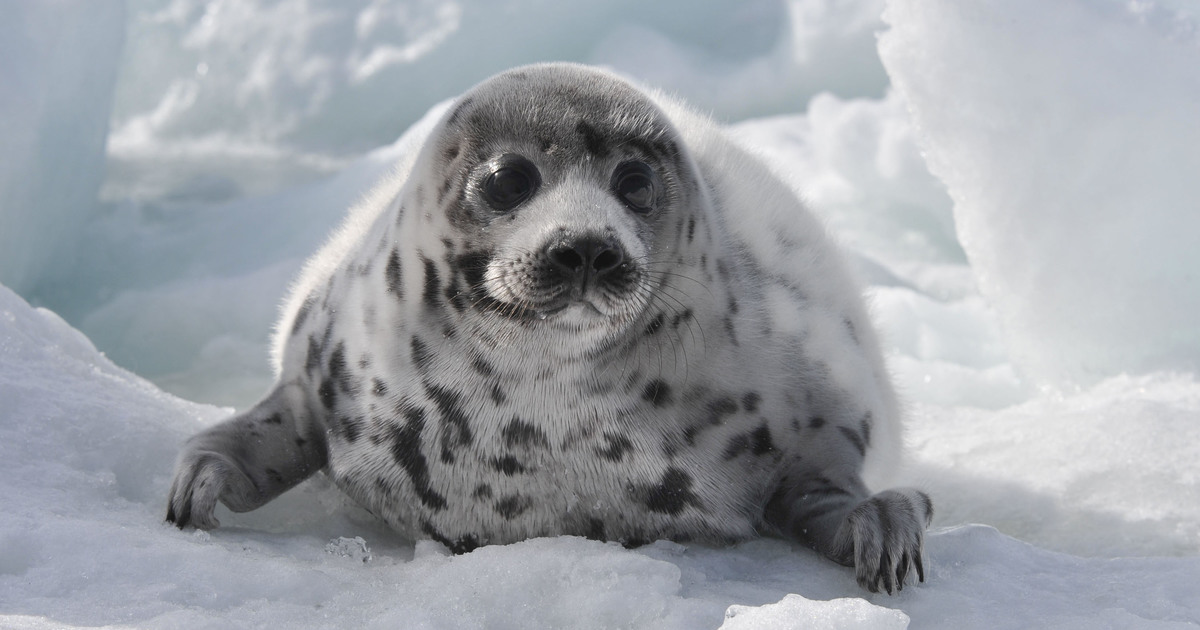
Introduction
The Arctic, a realm of icy wonder, harbors a diverse array of wildlife adapted to its harsh conditions. Among its charismatic inhabitants, the harp seal stands out as a fascinating creature with unique characteristics and ecological significance.
Harp Seal Characteristics
In the vast expanse of the Arctic and subarctic regions, harp seals navigate the icy waters with finesse. Sporting distinctive black markings on their coats, these seals are known for their “harp-like” patterns, hence their name. Their physical adaptations and migratory behavior make them a captivating subject for researchers and nature enthusiasts alike.
Harp Seals and Their Habitat
The relationship between harp seals and their habitat is a delicate dance on the ice floes. These seals heavily rely on ice formations for various aspects of their life, from giving birth to raising their pups. However, the escalating impacts of climate change pose a threat to their icy sanctuaries, raising concerns about the future survival of these remarkable creatures.
Harp Seal Life Cycle
The life cycle of harp seals is a testament to nature’s resilience. From the pupping season, where ice nurseries are bustling with newborns, to the maturation process and the challenges they face from predators, the journey of a harp seal is one of survival and adaptation.
Harp Seals and Human Interaction
Historically, harp seals have faced exploitation for their fur and other resources. However, increased awareness has led to conservation efforts, emphasizing responsible wildlife tourism and sustainable practices.
The Role of Harp Seals in the Ecosystem
Beyond their aesthetic appeal, harp seals play a crucial role in the Arctic ecosystem. Their interactions with prey species contribute to the delicate balance of biodiversity in these extreme environments.
Challenges Facing Harp Seals
Climate change, hunting, and pollution pose significant challenges to harp seals. Understanding these threats is vital for implementing effective conservation measures.
Current Research and Studies
Advancements in technology and increased scientific interest have led to ongoing research and studies focused on harp seals. These initiatives provide valuable insights into their behavior, ecology, and the broader implications for marine conservation.
How You Can Contribute
Individuals can make a difference in harp seal conservation by supporting organizations dedicated to their welfare, spreading awareness, and adopting responsible tourism practices.
Harp Seals and Global Marine Conservation
The conservation of harp seals is not isolated; it is part of a broader effort to safeguard marine ecosystems globally. International collaborations are essential for addressing the interconnected challenges facing these marine guardians.
The Future of Harp Seals
Sustainable practices and long-term conservation strategies are crucial for ensuring the future of harp seals. As climate change accelerates, proactive measures become imperative for the coexistence of these creatures and the preservation of their habitats.

